The escalating standoff between Russia and the west, on the increase since the 2014 Russian military incursion into Ukraine, inherently led to a fundamental transformation of Eastern Europe’s security environment. A revised strategic reality in Europe, coupled with rising challenges from the Middle East, has affected an already shaky security context in the South Caucasus.
The dynamic nature of South-eastern European security environment is compounded by potential instability stemming from unsettled conflicts in the South Caucasus that affect three important NATO partners – Georgia, Armenia and Azerbaijan. In particular, the relatively frozen (Abkhazia, South Ossetia) or smouldering (Nagorno-Karabakh) conflicts risk being leveraged by Russia at the expense of Western interests. Hence, the South Caucasus is increasingly shifting into a contested environment, where, the de facto states (breakaway regions) tend to be instrumentalised by Moscow for its own strategic advantage in the region.
Whilst Georgia is widely seen as the main western pillar in the region, it is increasingly important to consider the dynamics of NATO’s relations with Armenia and Azerbaijan from the prism of the Nagorno-Karabakh conflict.
Azerbaijan and Armenia though deeply drawn in violent rivalry – are officially deemed as NATO’s valued partners, with a rich record of comprehensive cooperation with the Alliance. To this regard, NATO’s Secretary General Jen Stoltenberg once again made the Alliance’s posture clear while addressing the NATO Parliamentary Assembly plenary session in Istanbul in November 2016. Referring to the Nagorno-Karabakh problem, he unequivocally stated that the Alliance has no role in the negotiations between Armenia and Azerbaijan as this is the Organization for Security and Co-operation in Europe’s (OSCE) Minsk Group’s prerogative and mission. Nevertheless, NATO “supports the efforts of the OSCE Minsk Group’s framework to address that conflict”. The changing regional security paradigms given the intensifying cease-fire violations throughout 2016, and especially the outbreak of fighting in April, raises questions about the sustainability of NATO’s aloof posture on the protracted Nagorno-Karabakh conflict.
The evolving security environment
The representatives of the Alliance have argued on many occasions in favour of peaceful solutions to the conflicts in the region. However, whether intentional or not, NATO’s emphasised passivity strengthens the status quo that has persisted for many years. This “frozen” status bolsters the de facto independence of Nagorno-Karabakh (Artsakh), South Ossetia (Alania) and Abkhazia, and the resulting situation has been efficiently manipulated by Russia, at least since 2008.
Even though one of the key interests of the Euro-Atlantic Alliance in the South Caucasus was the overall stability and predictability of the region, prospects of NATO’s involvement in the settling and stabilizing the Nagorno-Karabakh conflict was categorically excluded. Under the leadership of Andres Fogh Rasmussen the alliance seemed to become even more apprehensive about getting involved in the conflict. In 2010 the Secretary General, spoke of the readiness to support the Minsk Group efforts, underlining that “the Nagorno-Karabakh conflict remains, of course, a matter of serious concern to NATO, and it must be resolved peacefully.”
Russia’s intentions to utilize the frozen conflicts to obstruct further integration of the South Caucasus states with NATO was best exposed in 2008, when, in the wake of Georgia-Russia war Moscow unilaterally recognized Abkhazia and South Ossetia as independent states, thereby undermining the already fragile foundations of security in the region.
Moscow’s further military resurgence, and its assertiveness towards Ukraine since 2014, seemingly rendered Russia increasingly inadequate to cooperate with Western partners in dealing with issues related to the “frozen” conflicts. Given Moscow’s increasing aggressiveness, Armenia and Azerbaijan on their part have since 2008 refrained from further deepening their cooperation with NATO. As a result, Azerbaijan even as it maintained its partnership programmes with NATO, started to highlight its non-aligned agenda, most likely to safeguard itself from Moscow’s potential pressure and attempts at interference.
On the other hand, Armenia while being Russia’s ally, faced continuous pressure from Moscow in multiple aspects, and had to revise its Euro-integration priorities. The efficiency of coercive diplomacy exploited by Moscow was exemplified in Armenia’s unprepared and swift accession to the Russia-led Eurasian Economic Union. Profound inability, and to some degree reluctance, of the Armenian authorities to resist Russia’s plans, together with Moscow’s tendency to exploit corrupt political elites, and to misinform Armenian society, laid groundwork for Armenia’s further degradation.
The facts indicate a prevalent Russian idea to maintain the two conflicting states equally dependent on Moscow’s regional agenda, whilst stepping up measures to discredit and marginalize the Western engagement in the South Caucasus. Such a strategy encompasses a set of specific approaches underpinned by mechanisms to balance between the two conflicting sides Arms supplies are the most visible from of this, paving the way for further advance of the Russian concept of equal cooperation with “strategic ally” (Armenia) and “strategic partner” (Azerbaijan). It is also worth mentioning that Moscow is directly engaged in stimulating an arms race between Armenia and Azerbaijan, which starkly contradicts the core principles and values declared by the OSCE. As a matter of fact, the supply of arms to the conflict sides clearly contradicts the OSCE 1992 request to all countries “to impose an embargo on arms deliveries to forces engaged in combat in the Nagorno-Karabakh area.” It would not be wrong to infer that the influx of lethal offensive equipment has visibly magnified tensions in the conflict zone, emboldening rival sides to boost their military rhetoric. In other words, Russia’s behaviour towards the Nagorno-Karabakh conflict can be characterised as indirectly fomenting an escalation of violence, and in effect led to the new, more tense, security reality that has existed since April 2016. The core objective of Moscow seems to be to keep the conflict smouldering but manageable, and thus, by keeping the region vulnerable, prevent its integration with the west. Moreover, the latest reports prove that Moscow continues to pursue the path of militarization. It is therefore safe to argue, that at times when Russia continues to play a leading, but ambiguous role in the resolution of the conflict, the maintenance of the status quo can now no longer be sustained, and a new round of violence seems almost unavoidable. NATO cannot continue to ignore this reality. The deliberate passivity of Western powers leaves a vacuum, which may result in the dynamics of instability leading to a boost of Moscow’s malign influence, in Armenia, as much as in Azerbaijan, and even Georgia.
Recommendations
There is a considerable risk that Russia, Turkey and even Georgia may be somehow dragged into the Nagorno-Karabakh conflict in case of new escalation of tensions. The renewed security environment in the South Caucasus puts NATO’s vital interests at risk, inherently threatening to the Black Sea interests of the Alliance. Moreover, the passive posture of the most powerful alliance in the world towards the simmering conflicts in its strategic south-eastern peripheries demonstrated that NATO is not capable of exerting influence on breakaway entities in South Caucasus. On the contrary, the events of 2008 and their aftermath, as well as the unprecedented escalation of violence in Nagorno-Karabakh in April 2016, proved that Moscow is opting for transforming the “frozen conflicts” into a “managed conflicts” in order to utilise them as foreign policy assets to the detriment to NATO’s regional interests.
The clear understanding that the present stage of the Armenia-Azerbaijan standoff is no longer a localised conflict, and possesses the potential to spill-over into other countries, prompted the Alliance to react to the escalation that occurred in April, 2016. Urging the warring parties to respect the cease-fire regime Jens Stoltenberg pointed out that “the peaceful resolution of conflicts is one of the core commitments to which all NATO’s partner countries commit when joining the Partnership for Peace”. Even though the Secretary General made clear NATO’s deep concern about the escalation of tensions, he failed to deliver a concrete assessment of the motives of the escalation and its potential consequences.
Recalling the principles that form the basis of Partnership for Peace (PfP) framework, the Secretary General, perhaps unwittingly, shed some light on what mechanisms NATO could use to influence the Nagorno-Karabakh issue. It is important to note that Armenia and Azerbaijan adopted the PfP initiative as long ago as 1995. The two countries subsequently expanded the PfP package, joining Planning and Review Process since 2005 to implement wide range of programs designed for armed forces reform and democratic institution building. This opens a number of possibilities:
Firstly, the framework of PfP could yield a solid platform for easing the tensions, preventing the military altercations through military-to-military direct dialogue that NATO could facilitate.
Secondly, through its efforts to normlaise relations as a contribution to the OSCE Minsk Group efforts, NATO may play the role of neutral observer of the military and security situation in the conflict zone.
Thirdly, the Alliance could objectively come up with detailed assessment as to the extent Russia’s militarization policy has effected the security environment around the Nagorno-Karabakh dispute. Further to this, it is worth pointing out that in March, General M. Scaparrotti, Commander of the United States European Command (EUCOM), during hearings in the U.S. Senate, highlighted the problem of Russia’s arms policy, stating that “Moscow continues to play a role in destabilizing the Nagorno-Karabakh dispute by selling arms to both parties”.
NATO’s balanced, determined and clear voice is needed to challenge Russia’s destructive role, assessing it as detrimental to the efforts to find a lasting settlement of the Nagorno-Karabakh conflict.
Finally, acting in parallel but not separate from the OSCE Minsk Group, NATO, with a great deal of peacekeeping experience may propose its assistance to the establishment and deployment of an “incidents investigating mechanisms”, as envisaged at meeting of the presidents of Armenia and Azerbaijan, held under the auspices of in OSCE Minsk Group in Vienna in June, 2016.
At times of rising instability worldwide, the role of NATO as a key contributor to ensuring security and projecting stability has increased. Reasserting a deterrence and defence strategy is a way for preventing further spread of insecurity. Against this backdrop, NATO’s ongoing posture towards the Nagorno-Karabakh conflict, regardless of its honourable impartiality, can nonetheless be assessed as disproportionally weak.
The immediate proximity of the Nagorno-Karabakh conflict zone to the vital interests of NATO member states, and the risks of a major re-escalation of violence amid the growing Russia-West confrontation, has left NATO’s positions exposed. This could have far-reaching regional repercussions should the Armenian-Azerbaijani conflict descend into a full-scale war, and hence the North-Atlantic Alliance should assume a more proactive role in trying to promote the conflict’s peaceful settlement.

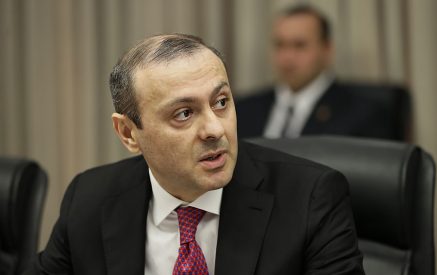
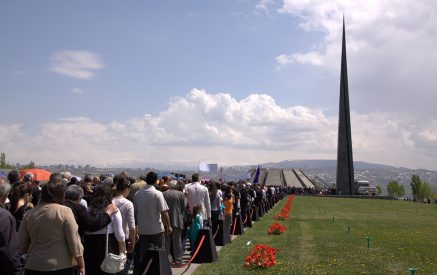
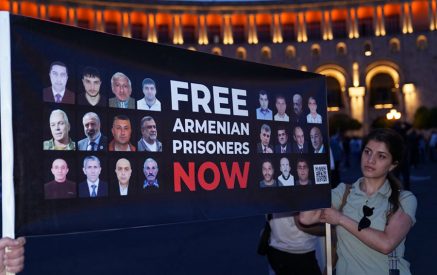
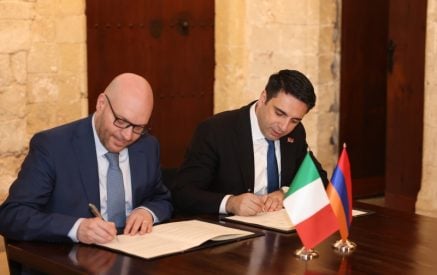

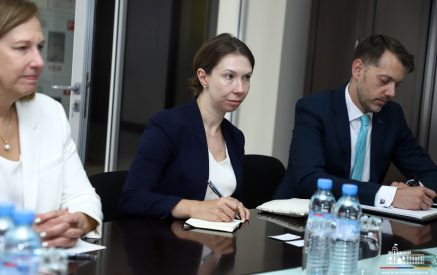
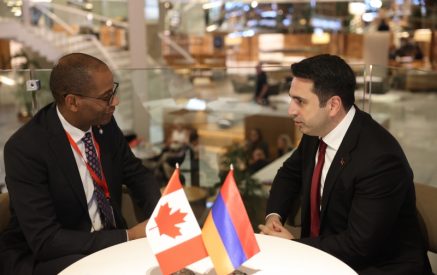
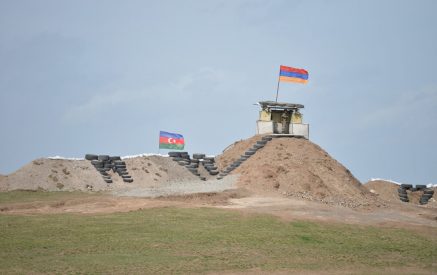
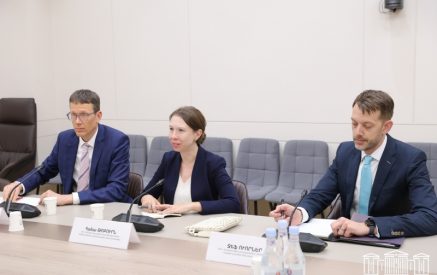





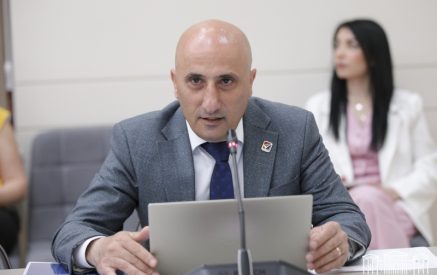
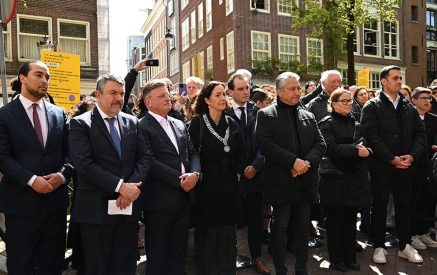
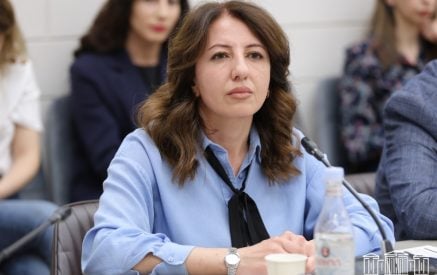
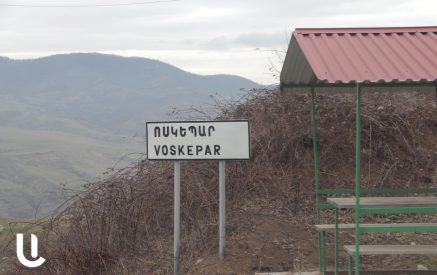
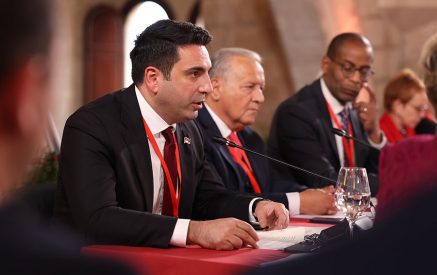
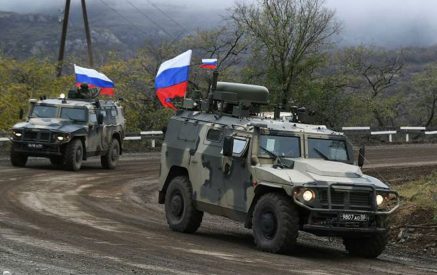
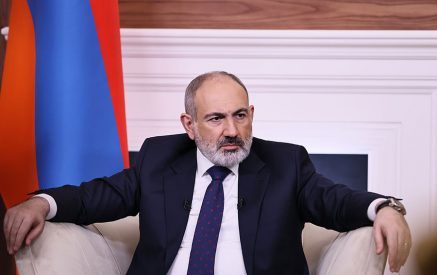
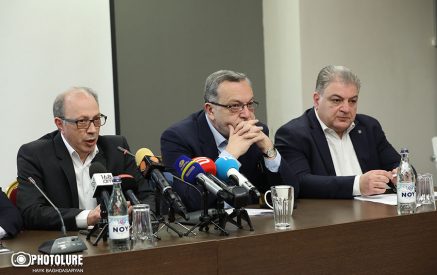
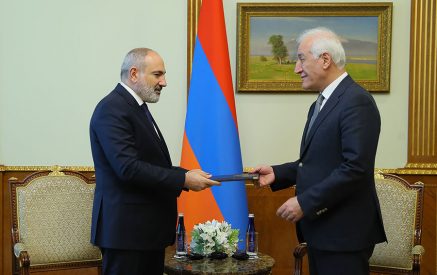
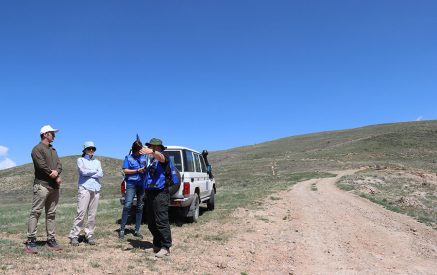
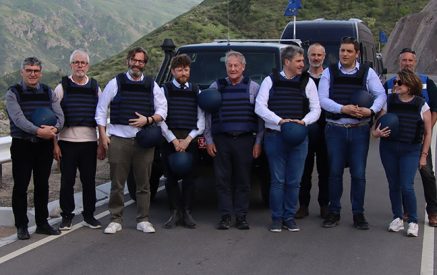
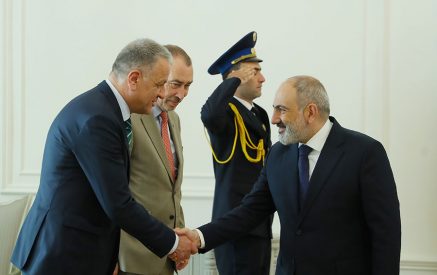

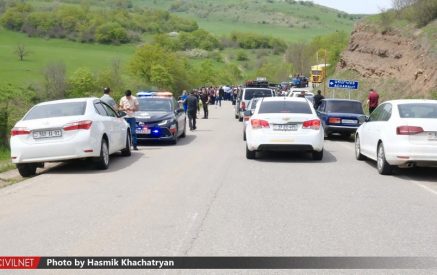
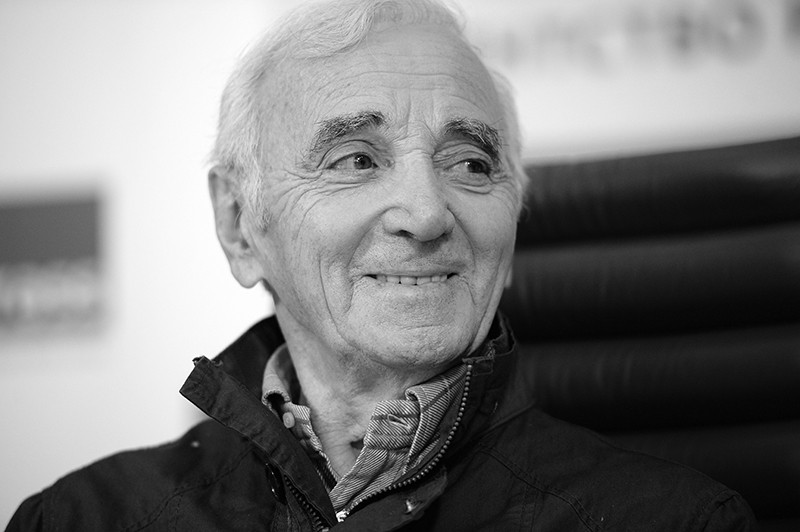




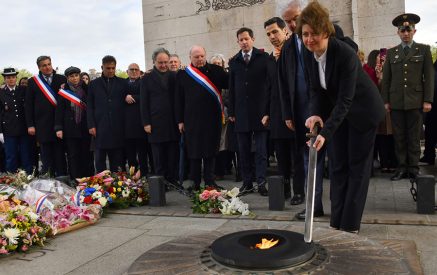
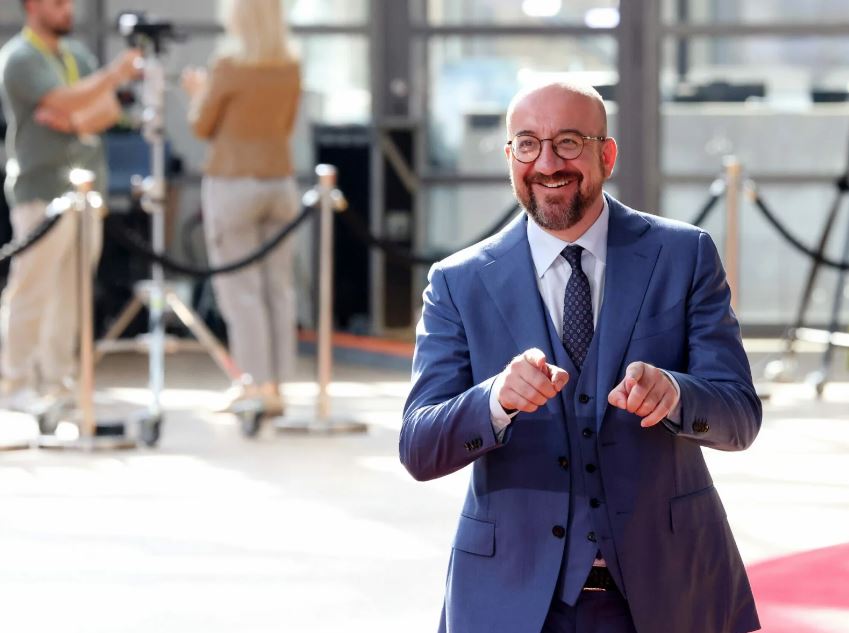
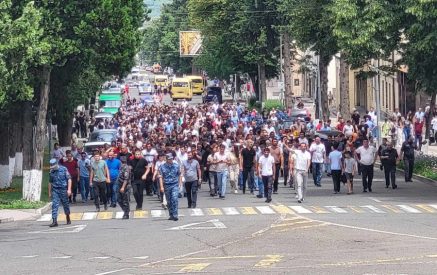
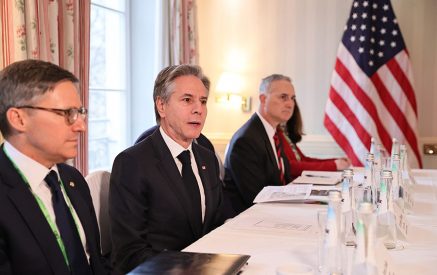




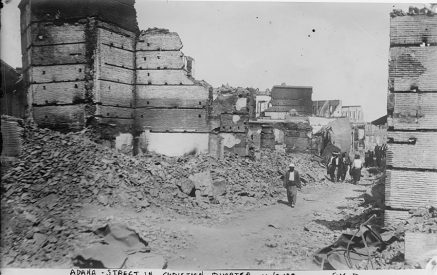
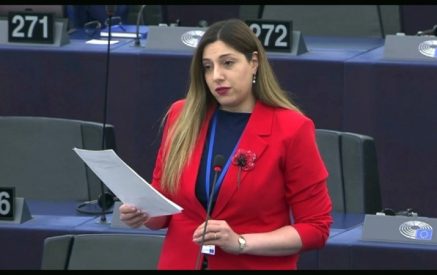
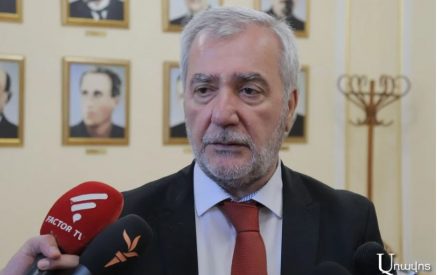
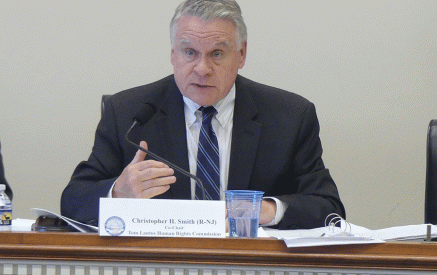
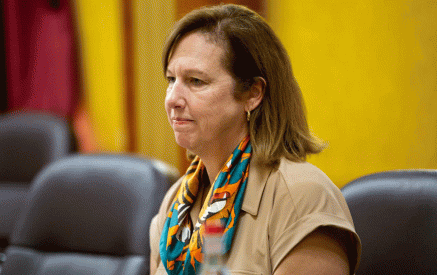

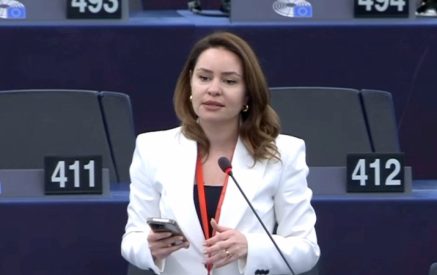
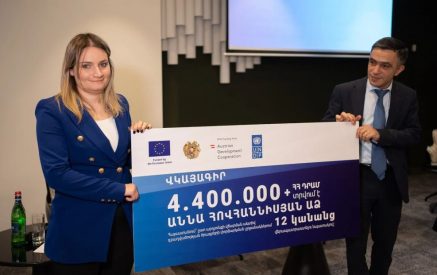



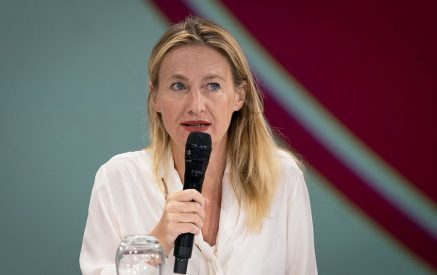

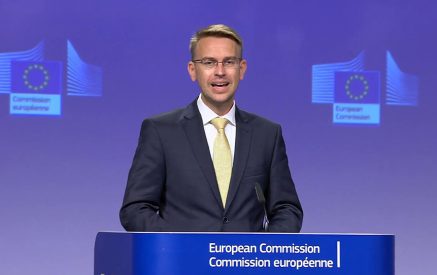
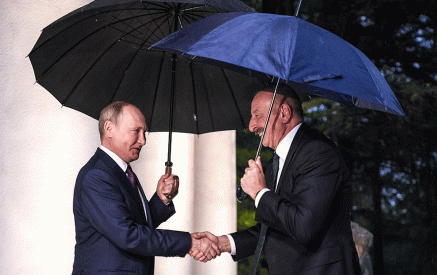
While the author’s arguments deserves merit, ultimately, NATO has drawn a line where the returns on political and/or military intervention interferes with other, larger interests. While NATO can claim it has no role in any resolution of the Nagorno-Karabakh conflict, it chooses not to. Such line came into focus after events in Georgia demonstrated the lengths that NATO (or the US) is willing to go. It wasn’t very far. This is almost analogous to Hungary in 1956 and Czechoslovakia in 1968. Rhetoric is free, but hard power comes at a cost.
The leading hypothesis is that the west has basically conceded influence in the Southern Caucasus to the Russians. Georgia is an irritant to Russia, but the Georgians do see this. The colossal level of sultanic corruption in Azerbaijan is only tolerated by the west as long as hydrocarbons flow.
Yerevan, Armenia